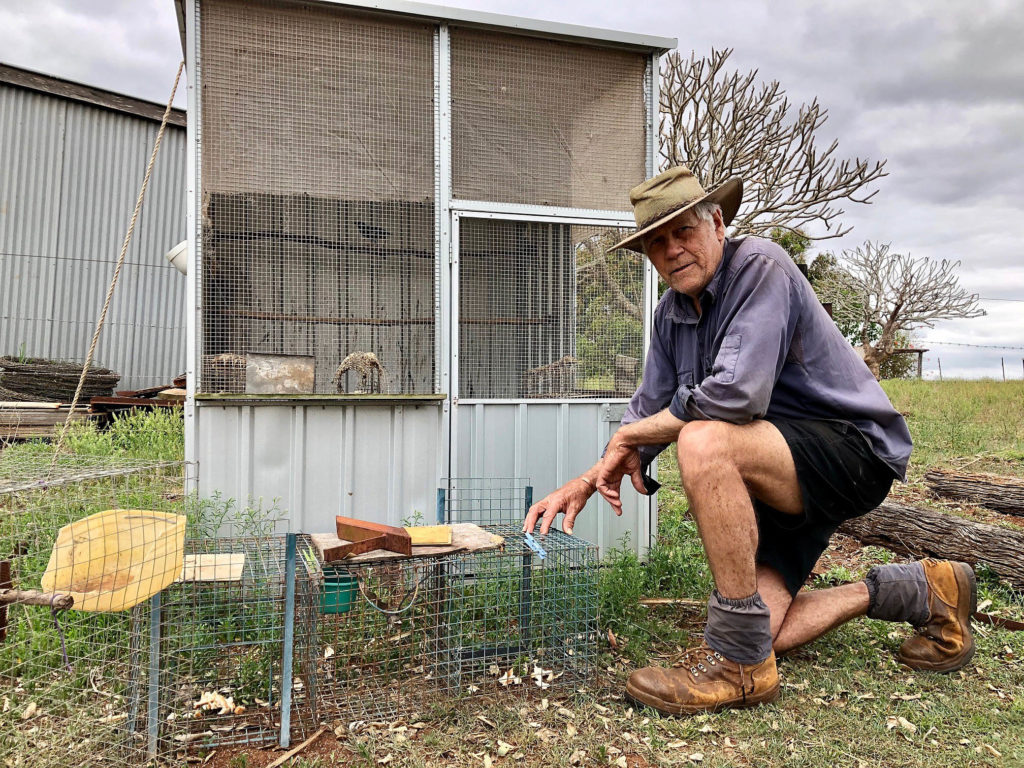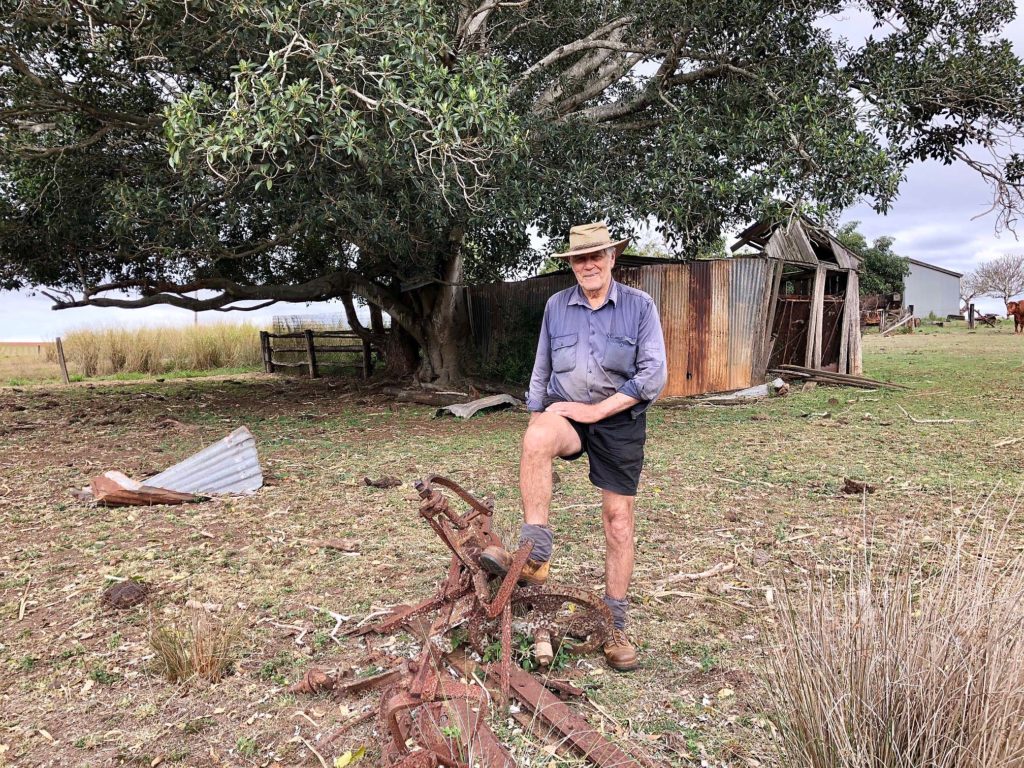
“The cane toad of the sky” is how experienced Indian Myna trapper Eric Lester describes the pest bird which plagues the Bundaberg Region.
Eric, who lives at Cordalba, has been trapping Indian Mynas for just over four years and in that time he’s captured more than 400 of the problem birds.
“I first noticed a pair nesting underneath my solar panels. I quickly cleared the nest, but it seemed just a week later that around 20 birds turned up at my property,” he said.

Eric believes his trapping programs have managed to cull numbers around his property.
“I haven’t managed to catch one for quite a while although I am aware they are prevalent not far from my property,” he said.
“Like the cane toad, the Indian Myna was an introduced species arriving in Australia in the early 1860s.
“It simply never fulfilled its role of reducing insect pests and quickly colonised and continued to spread.”
Eric said when he first began trapping the birds, Council offered a bounty of $2 per head.
“This has risen to $5 but I certainly do not do it for the few dollars it produces.
“It’s obvious the problems these birds can cause around your home not to mention their impact on local wildlife.”
Breeding season about to begin
With breeding season set to begin, Bundaberg Regional Council is concerned that numbers will again be on the rise.
Parks and Gardens portfolio spokesman Cr Wayne Honor said Indian Mynas would now start to form breeding pairs and go in search of nesting sites.
“They are an invasive species, extremely territorial and compete with our native bird species for food and nesting sites,” he said.
“They will aggressively attack other nesting birds to secure a nest.
“They spread weeds, disease through lice and mites and can spark other health issues including dermatitis, asthma and allergies.

“Council commenced a trapping program in Childers in 2010 but the birds have now infiltrated pretty much right across the Bundaberg Region having been sighted in Wallaville and the coastal regions,” Cr Honor said.
“Council has free traps available to community members who may like to involve themselves in a trapping program. Our officers can explain the use of the traps, the most effective means of capturing birds and will provide food to attract the birds.
“Our officers also ensure the removal and humane disposal of the birds.”
Cr Honor said he would encourage residents who have Indian Myna birds on their property to become involved in the trapping program.
“Simply call 1300 883 699 to report a sighting or to register for the trapping program.”
He said Council discouraged residents making their own trapping arrangements as the Council program allowed for the collection of important data and to ensure trapping is carried out in an appropriate manner.
“The Council bounty is only paid on live birds,” Cr Honor said.
Information relating to Indian Mynas is available here.




